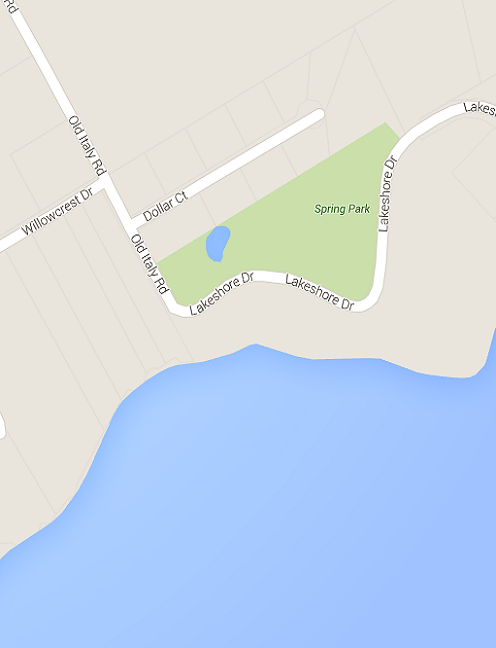Moonlight Float on South Prong Creek and Lake Waxahachie
|
Date: June 18, 2016 |
Sponsor: DDRC |
|
River: Lake
Waxahachie |
Trip Leader: Bryan
Jackson |
|
Reach: Lake
Waxahachie and South Prong Creek |
Phone: 972-979-2519 |
|
Difficulty: Class
I |
E-mail: paddlinpals@yahoo.com |
|
Rendezvous: Spring
Park, Lakeshore Drive Waxahachie |
RSVP - REQUIRED |
|
Campground: None |
Trip Description:
The Brazos is a floodin', so we have to move the Moonlight Float. The new
location will be Spring Park on Lake Waxahachie. Spring Park has
restrooms, picnic tables and a boat launch. We do not have so far to
drive and no shuttle to run so lets
plan on meeting at 6:30pm. We can have a nice picnic at the park, then launch
for our evening paddle. It's a nice way to spend a Saturday
evening.Meals:
We will will have a picnic lunch on the river. Pot Lucks sometimes break out. We will coordinate closer in. Required Gear:
This is flat water anything that is seaworthy will do just fine as far as boats go. PFD's, a white light to put on your boat at night, cooler for your picnic and drinks and a chair and a headlight as it will be very dark when we take out. Directions:
·
From Dallas Via I-35E Follow I-35 S
to Exit 399 A. Follow service road and take the next LEFT on Rogers
St. Follow Rogers
St to Howard St and turn RIGHT. Follow Howard
St to Old Italy Rd and turn RIGHT. Follow
Old Italy Rd to Lakeshore Dr and the park. From Ft.
Worth take US 287 South East to I 35E South at Waxahachie. Go south on I 35
to exit 399 A, then follow the above Directions.
|
We will cancel if the weather is going to be bad
|
|
* International Scale
of River Difficulty
Class I: Easy. Fast
moving water with riffles and small waves. Few obstructions, all obvious and
easily missed with little training. Risk to swimmers is slight, self-rescue
is easy. Class II: Novice. Straightforward rapids with wide, clear
channels which are evident without scouting. Occasional maneuvering may be
required, but rocks and medium sized waves are easily missed by trained
paddlers. Swimmers are seldom injured and group assistance,
while helpful, is seldom needed. Class III: Intermediate. Rapids with moderate, irregular waves
which may be difficult to avoid and which can swamp an open canoe. Complex
maneuvers in fast current and good boat control in tight passages or around
ledges are often required; large waves or strainers may be present but are
easily avoided. Strong eddies and powerful current effects can be found,
particularly on large-volume rivers. Scouting is advisable for inexperienced
parties. Injuries while swimming are rare; self-rescue is usually easy but
group assistance may be required to avoid long swims. Class IV: Advanced. Intense, powerful but predictable rapids
requiring precise boat handling in turbulent water. Depending on the
character of the river, it may feature large, unavoidable waves and holes or
constricted passages demanding fast maneuvers under pressure. A fast,
reliable eddy turn may be needed to initiate maneuvers, scout rapids, or
rest. Rapids may require "must" moves above dangerous hazards.
Scouting is necessary the first time down. Risk of injury to swimmers is moderate
to high, and water conditions may make self-rescue difficult. Group
assistance for rescue is often essential but requires practiced skills. A
strong eskimo roll is highly recommended. Class V: Expert. Extremely long, obstructed, or very violent
rapids which expose a paddler to above average endangerment. Drops may
contain large, unavoidable waves and holes or steep, congested chutes with
complex, demanding routes. Rapids may continue for long distances between
pools, demanding a high level of fitness. What eddies exist may be small,
turbulent, or difficult to reach. At the high end of the scale, several of
these factors may be combined. Scouting is mandatory but often difficult.
Swims are dangerous, and rescue is difficult even for experts. A very reliable
eskimo roll, proper equipment, extensive
experience, and practiced rescue skills are essential for survival. Class VI: Extreme. One grade more difficult than Class V.
These runs often exemplify the extremes of difficulty, unpredictability and
danger. The consequences of errors are very severe and rescue may be
impossible. For teams of experts only, at favorable water levels, after close
personal inspection and taking all precautions. This class does not represent
drops thought to be unrunnable, but may include
rapids which are only occasionally run. |
|
Copyright © 1996-2011, Dallas Downriver Club. All rights
reserved. You may not copy, distribute, or use these materials except
for your personal, non-commercial use. Any trademarks are the property of
their respective owners. All original photographic images are the exclusive
property of Dallas Downriver Club or other designated photographers and may
not be copied, duplicated, reproduced, distributed or used in any manner
without prior written permission of the copyright owner under penalty of US
and International laws and treaties. Last updated June 11, 2016 |

